Weather Limitations for PPLs
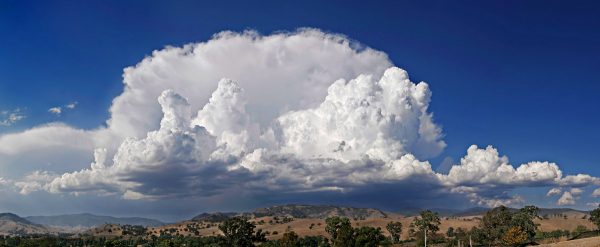
One of the questions I get asked over and over is “Do you think the weather is okay for flying?” I always reply “What do you think?” I always want the pilots to try to figure this out for themselves and this always puts the onus back on them.
In the past, I have met pilots who will always rely on other pilots advice on whether to fly or not. When they do this, they invariably are handing control of the flight to someone else. It is vital that you can make this type of decision by yourself.
By the time you get a licence, you should be able to read a TAF and a METAR and get any other relevant meteorological information required for your flight. But how do you actually decide if the weather is suitable for your flight?
There are 4 things to consider:
- Cloudbase
- Visibility
- Wind
- Freezing level
These must be assessed for all legs of your flight and not just your departure and arrival points. Let’s have a look at these in a little more detail and we will make some general rules to help you along.
Cloudbase
Cloud base is one of the main factors that will determine if the weather is suitable for flying (for most PPL pilots). Obviously you must not fly closer to the ground than what the regulations in your county permit. In Europe this is 500′ unless you are taking off or landing.
If the cloudbase is less than 500′ AGL then there would be a problem flying in Europe. Special VFR is applicable (in Europe) when the cloudbase is less than 1500′. So don’t expect to get a VFR clearance into class C airspace when the cloudbase is less than 1500′. We should therefore give ourselves some margin to play with.
I use the TAFs and METARs to obtain cloudbase and also other synoptic charts e.g. UK Form 413. I note the cloudbase for the different types of clouds and specifically the SCT (scattered) layer. If you are flying above a layer of scattered clouds and the humidity increases, you may find yourself trapped above a layer of BKN (broken) clouds and unable to see the ground.
During your training, your instructor will have given you guidance as what was a suitable minimum cloudbase to go flying. Solo students will often have a 2000′ minimum cloudbase limitation. As you gain more experience, you will feel comfortable with a lower cloudbase.
You must ensure that you take any high ground en route into account. Do not let high ground force you to exceed your limitations.
For new pilots, I would recommend setting a minimum cloudbase limitation of 1500′ AGL for class G airspace. You must be able to fly 1500′ AGL along the entire route. However in class C airspace, you should set a higher limit.
To achieve this, draw lines on your chart parallel to your track (one line 5nm on either side of your track line). You should take any high ground within this corridor into account and plan accordingly. If necessary, re-plan your route to avoid the high ground.
Visibility
Whenever we send students on solo flights, the visibility must always be greater than 10km. This is a requirement from our operations manual but the minimum visibility may be different at your school.
However, if we limited ourselves to a minimum visibility of 10km then we would rarely be able to fly as the visibility is frequently less than 10km.
So what is a safe flight visibility to use? Well this really depends on your experience and as you get more confidence in flying in reduced visibility, your personal minimum visibility will decrease.
Class G
The EASA regulations state the following – abbreviated for clarity:
- Above FL 100 (in Europe) the minimum flight visibility is 8km
- Below FL 100 (in Europe), the minimum visibility is 5km. Helicopters may be flown down to a visibility of 1000m if flying at a suitable safe speed (as per regulations).
- When flying below 3000′ AMSL or 1000′ AGL (whichever is higher) the minimum flight visibility is 5km – unless you are flying at less than 140kt (then the minimum visibility is 3km).
The visibilities mentioned above are the absolute minimums for VFR flight. Personally, 3km visibility makes navigation extremely difficult and stressful. I would recommend not flying in anything less than 5km until you have some experience and feel very comfortable flying. When you do not have to think too much about the handling of the aircraft, you have a lot more spare capacity to use on navigation, radiotelephony etc.
Class C
The EASA regulations state the following – abbreviated for clarity:
- Above FL 100 (in Europe) the minimum flight visibility is 8km.
- Below FL 100, minimum visibility of 5km.
SVFR exists when the cloudbase is less than 1500′ but is greater than 600′ A special VFR clearance is required in these conditions. You may fly in visibilities as low as 800m but I certainly would not recommend this and you would find this very stressful under VFR. You must remain in sight of the surface at all times.
I have attached a summary of the EASA regulations below. The red text is specific to helicopters.
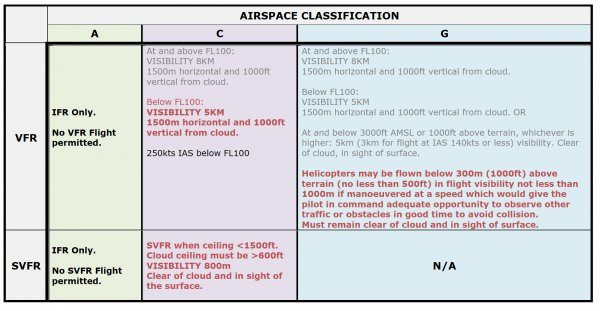
Wind
Wind is always an important factor and again the maximum wind speed you can fly in will depend on your experience but also the type of aircraft you are flying in.
You must know the wind limitations for your aircraft and for fixed wing pilots, this includes the crosswind limitations. Calculate the crosswind component for the runways you will be using.
Of course you will take note of any high ground that may cause funneling and lead to updraughts and downdraughts and other associated turbulence.
As a PPL you will have experienced windy and gusty flights during your training and you should have a fair idea of what you are comfortable with. As you gain experience, you will become more and more comfortable flying in gusty or windy conditions.
But there comes a time when it becomes uncomfortable to fly in very windy conditions. As a helicopter pilot I think that flying light helicopters when the wind is greater than 25kt or gusts exceed 15kt spreads, it is probably better to stay on the ground.
Ultimately, you will have to decide on what you are comfortable flying in.
Freezing Level
The final thing that you should consider is the freezing level. Helicopters are not permitted to fly in icing conditions. This does not mean that we can’t fly if the temperature is less than 0ºC but it does mean that if the temperature is less than 0ºC you should avoid flying in moisture. Unless you have an instrument rating and a suitably equipped helicopter, you are not permitted to fly in clouds. Helicopters are just too unstable to fly on instruments without the required training and currency on type.
You can certainly fly in freezing conditions but make sure you know the freezing level before you take off and keep a good look out for ice buildup when you are flying above this level.
Conclusion
The weather limitations for flight for PPL pilots will depend on the regulations and to a very real extent, the pilot’s experience. Over time you will fly in varying weather and you will get some scares and hopefully learn from these experiences.
If you are flying in an unfamiliar location, definitely ask the local pilots for their advice about local weather hazards and take their recommendations seriously. They know the intricacies of their locality better than you.
But above all, don’t push the limits. You may get away with it once or twice but if you become complacent, you will get bitten.
Set yourself limits for flying. If the wind and cloudbase exceed these limits, do not go flying. If you are flying and you reach your limits, either divert to an alternate, turn back or (in the case of helicopters) land in a suitable area.
Did you enjoy this post? Why not leave a comment below and continue the conversation, or subscribe to my feed and get articles like this delivered automatically to your feed reader.

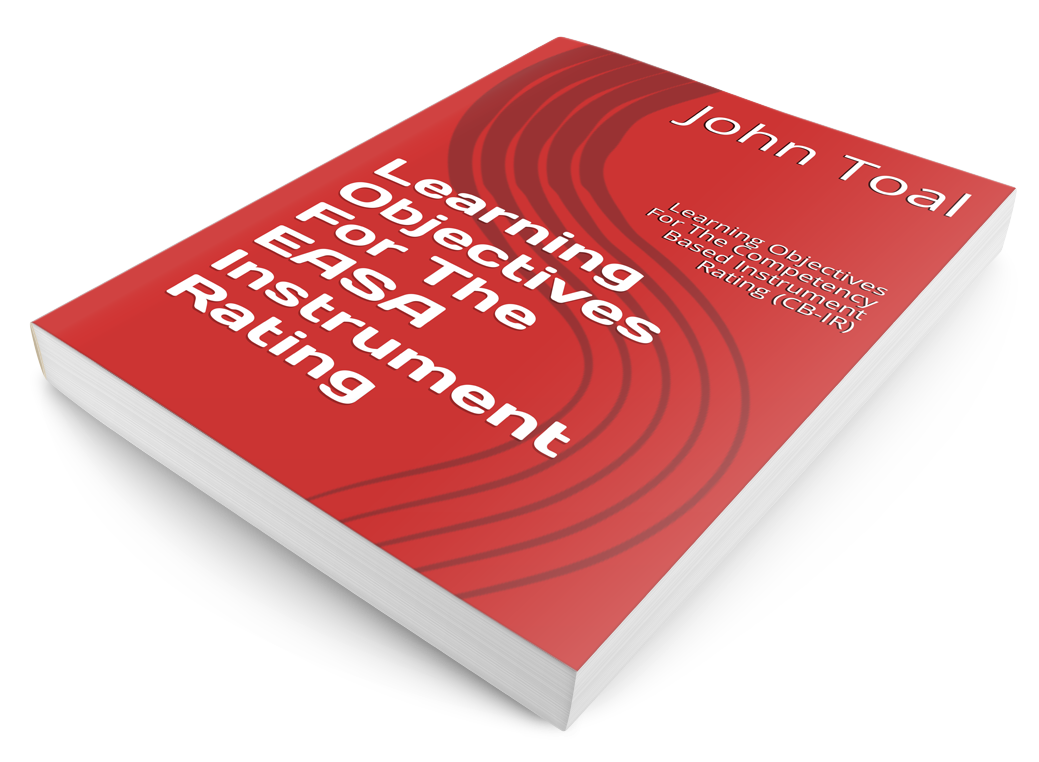

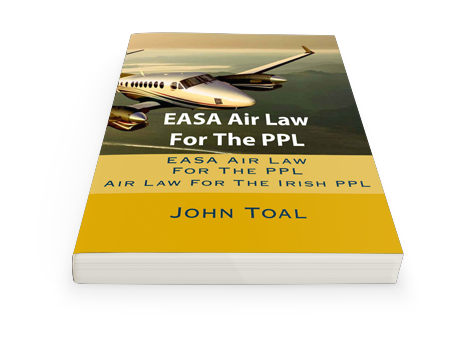
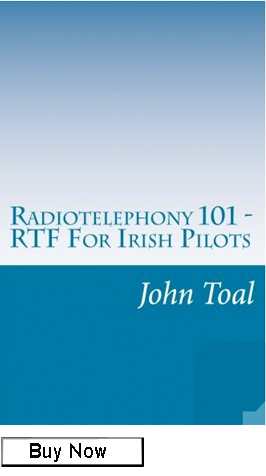
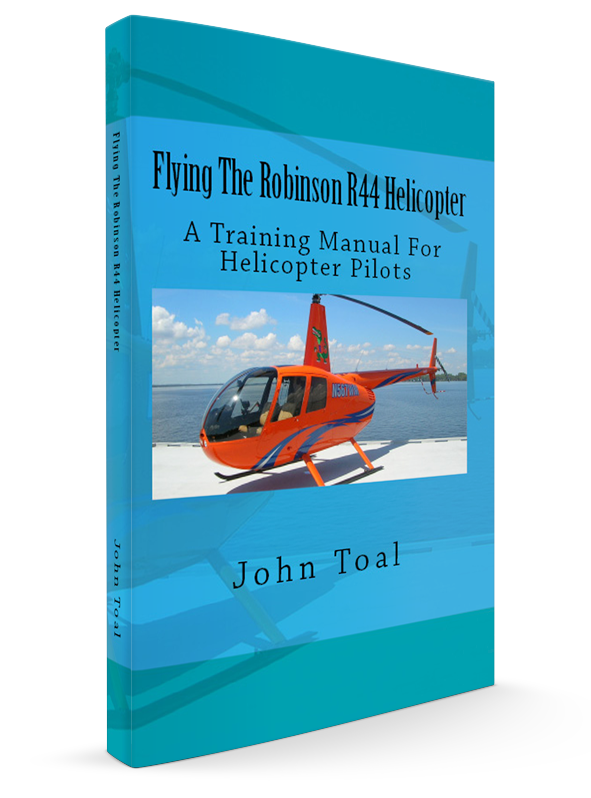

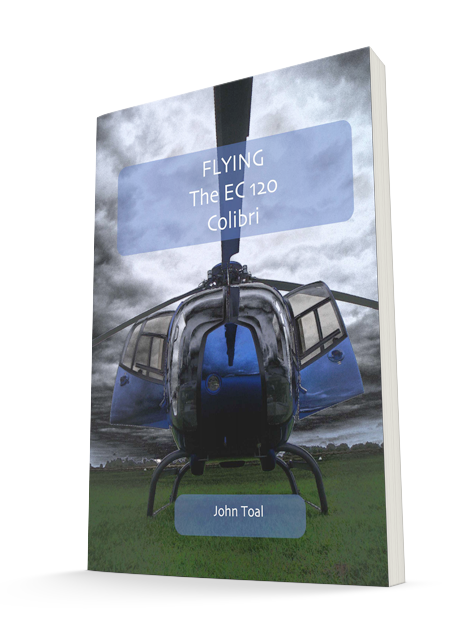
Comments
No comments yet.
Leave a comment